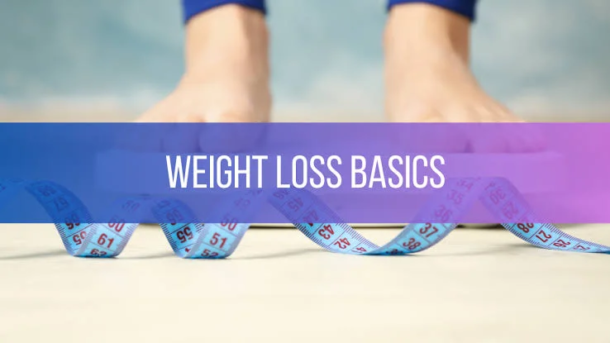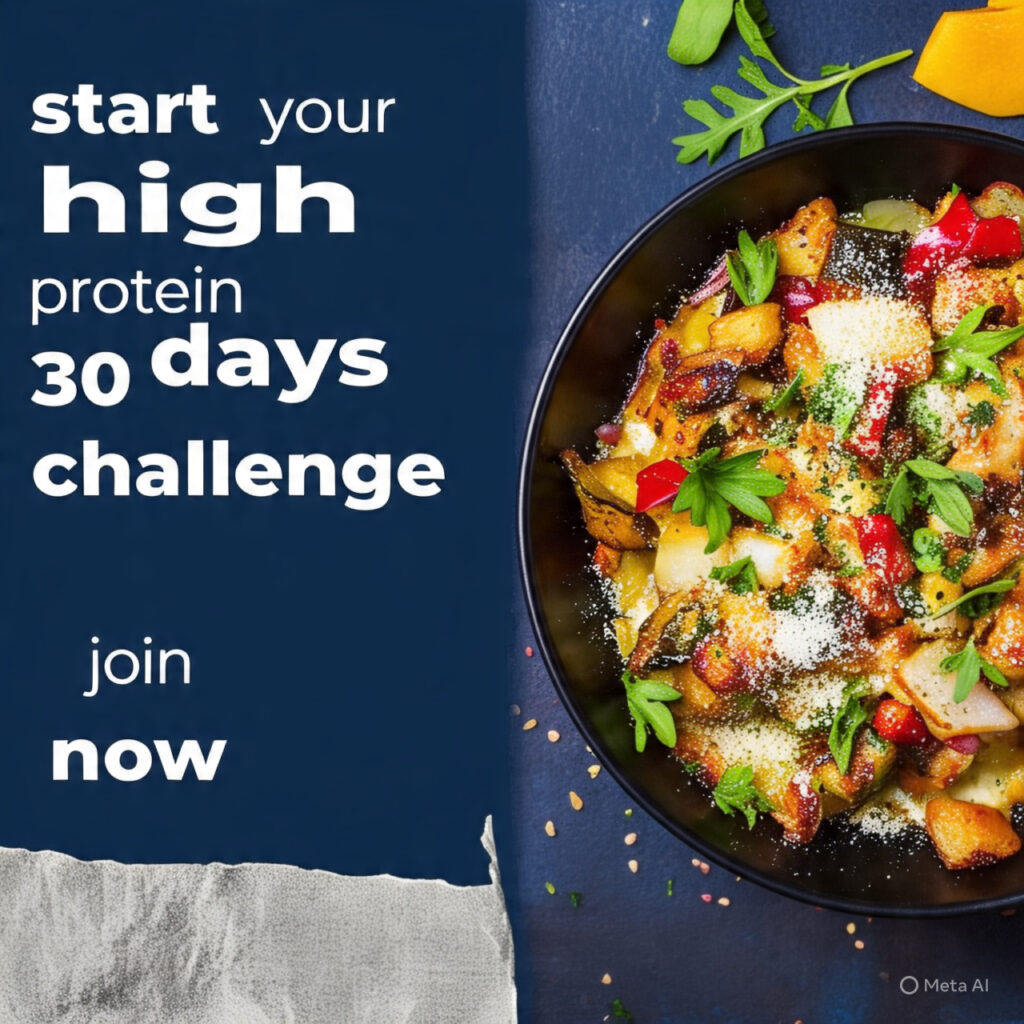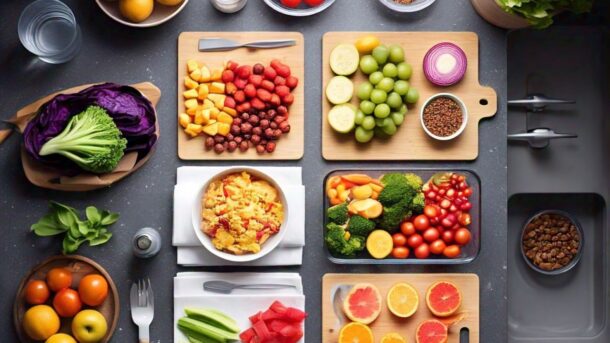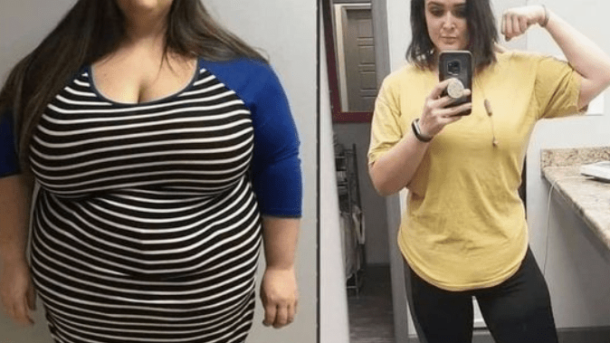You’ve probably heard about the low-carb, high-fat diet that’s so popular among actors and models, and with good reason: low-carb diets offer proper nourishment with whole foods while keeping your body burning fat for fuel. This is a great way to be, as it makes fat loss largely effortless! But where does this “ketogenic” word fit into the picture?
Well, ketogenic comes from the word “ketosis“, which is a state in which your body breaks down fat molecules into ketones to provide energy. This state is achieved through very low carbohydrate intake and higher than normal fat intake. The “normal” state of the body’s metabolism is called “glycolysis”, where carbs are burnt for energy. The long and short is that when your body is in carb-burning mode, it will use all available carbs for energy before it touches stored fat. In ketosis, your body is primed to burn fat, and this is great news for anyone trying to get trim and slim.
Benefits of Ketosis
By cutting carb intake significantly, we can drastically reduce insulin resistance, the precursor to type 2 diabetes. In addition, low-carb diets, along with exercise, can be very effective at helping alleviate the symptoms and progression of type 2 diabetes. Beyond that, ketosis itself is appetite-suppressing, meaning your hunger will naturally check itself, increasing your caloric deficit and making you lose fat even faster.
Getting Started
Ketosis takes some time to get into – about two weeks of low-carb eating is required for the initial adaptation. During this time there will be bouts of sluggishness, fatigue, headaches, and some gastrointestinal issues as you adapt, often referred to as “keto flu“. Proper electrolyte intake will correct most of these issues. In addition, the “diet” aspect of this ketogenic diet plan – that is, the caloric restriction – shouldn’t be worried about. Weight loss will come as your body regulates appetite as it the addiction to sugar and processed food lessens, so restricting calories during the initial two weeks isn’t recommended.
The meal plan is designed to ensure you get three balanced, healthy meals a day that addresses fiber, satiation, and adequate protein intake. The greatest part of a ketogenic diet is the fact that it spares muscle loss, whereas a carb-based diet doesn’t. Weight lost in a high-carb, calorie-restricted diet will often come both from muscle and fat, whereas with keto, you can burn fat without sacrificing muscle. This is referred to often as “body recomposition” and leaves you with a much more preferred physique after weight loss.
Additional Points of Interest
Ketogenic diets often create a significant loss of water during the first phases. This is because carbs are converted to glycogen in your body, which is stored in water within the muscles and liver. As you deplete stored glycogen, your body flushes this water out. This is a huge part of the initial weight loss during the first few weeks of ketosis. While the rapid fat loss does occur at first, a lot of water weight is often dropped as well, but this is a great encouragement as it often results in both weight loss and less bloating, allowing clothes to fit better.
Foods Recommended on a Ketogenic Diet
- Meat: Beef, goat, lamb, turkey, pork, veal, chicken.
- Fish: Salmon, trout, catfish, sardines, tuna, haddock, and many others.
- Fruits: Strawberries, blueberries, raspberries, avocado.
- Vegetables: Broccoli, asparagus, Brussels sprouts, cucumbers, and many others.
- Nuts and Seeds: Almonds, walnuts, sunflower, pumpkin, sesame, etc.
- Dairy Products: Cheese, Greek yogurt, sour cream, heavy cream.
- Fats and Oils: Peanut Butte, flaxseed oil, butter, sesame oil, olive oil, and almond oil. ( If you want to see more ketogenic diet foods, read this: The Ultimate List of Foods to Eat on a Ketogenic Diet
Foods to Avoid on a Ketogenic Diet
- Grains: Grains: Wheat, oats, corn, barley, and rye. Includes bread and pasta.
- Artificial Sweeteners: Sucralose, Equal, Acesulfame, Splenda, Saccharin, etc.
- Processed Foods: If it contains carrageenan, don’t eat it.
- “Low-fat” products: Atkins products, drinks, gluten, diet soda, etc.
7-Day Ketogenic Diet Meal Plan And Menu
So you have found the ketogenic diet, have figured out your macros and you are itching to get started. Here is a ketogenic diet meal plan for one week. If you are just getting situated use this basic plan to help get going.
I HAVE LOST 45 POUNDS IN 4 MONTHS WITH A KETOGENIC DIET
I just started MONTH five of a ketogenic diet(45 lbs lost). I’m by no means an expert. I am now 46 years old and I have spent my entire life trying to lose weight. Ironically I have also spent years learning about nutrition and exercise. Figuring out macronutrients just comes naturally to me as I have done it so much over my life. By following a keto diet this is the first time I have seen any real success in losing unwanted pounds. This is despite years of working out and being active.
I have had a very successful go of it so far, and I feel that a lot of you who are trying to get started with a ketogenic diet may get overwhelmed and confused with all of the numbers and information that is coming at you. Hence this ketogenic diet meal plan. It is what I am doing to keep things simple. I am a guy. I need simple.
For me, I think that success with a keto diet is found with having some base meals and adding some variety later on if needed. Hell, I eat the same thing pretty much every day. Not too exciting but losing 45 pounds in 4 months IS exciting, so I am sticking with it. If it isn’t broken, don’t fix it.
7-DAY KETO DIET GROCERY LIST
The daily meals will be bacon and eggs, chicken with vegetables, and beef with vegetables. These are base meals and will provide good macros for some people. For others who need more food(fat), you can just add a keto-friendly snack or 2 to get your macros up to where they need to be. This is what I need to do.
- A dozen eggs.
- A package of bacon.
- Butter. (real butter)
- A pack of boneless SKIN ON chicken thighs
- 1 onion.
- 1 bell pepper (Green, red, yellow, that’s your choice.)
- Two bulbs of garlic. (Optional, but very heart healthy.)
- A big bag of mixed frozen vegetables, at least 12 cups worth. If you are not sure what to get, just pick something else that’s keto friendly like frozen broccoli.)
- a bag of almonds, and a jar of almond butter (very expensive – the cheapest I can find is 10$ for 750g at Costco).
- A package of beef. You want to find some kind of beef that you can imagine cutting/dividing into 6 equal portions of about 5.5 ounces each(a bit bigger than a deck of cards.)
I AM ACTUALLY COOKING. WELL…SOME
I am not much for cooking but I am doing better. A ketogenic diet meal plan does work better when you have food ready to go. It takes the guesswork out and we need to keep this as simple as possible in order to have success.
- Put the 12 thighs into the oven with all the cloves from a bulb of garlic. You should separate the cloves, but you don’t need to skin them. The heat from the oven will do that nicely, and you can peel them when you eat them.
- While the thighs are cooking, hard boil the eggs. Then set them aside to cool.
- Take a skillet, put some butter in it, and then fry up the bacon. (Note: Some might argue that butter isn’t needed. In my experience, you can either grease up that pan somehow, or your first strips of bacon will come out burnt.)
- Dice up half the onion, and save the other half for next week.
- Cut up the pepper
- You might need to take the chicken out at this point. If it’s done, pull it out, and let it cool.
- In the skillet (I love to use the bacon grease as a base) sauté the pepper and half onion, and another bulb’s worth of garlic cloves. (leave the skin on, just like before.)
- Add the beef and brown it.
GETTING THE MEALS TOGETHER
- Wash/rinse out 12 containers.
- In 6 of them, put 2 chicken thighs each. Share the garlic between them, and evenly divide the fat juice.
- In the other 6 evenly spoon out the beef/pepper/onion mix.
- Take the veggie blend, and evenly pour it across the 12 containers, right on top of the meat.
- Put them all in your fridge. If you have minimal fridge space you could just put some in there, and then rest in your freezer. Just pull another out when you pull from the fridge.
- Pull out six plastic bags and put 2 hard-boiled eggs in each.
- Evenly divide your remaining bacon by 6.
- Now brown bag it, and put it in your fridge.
THE MACRONUTRIENTS OF THE KETOGENIC MENU PLAN
Right now you have 6 day’s worth of meals in your fridge
- 6 bags with 2 hard-boiled eggs and bacon
- 6 containers of thighs/veggies
- 6 containers of Beef/Veggies
Okay, so this is only 6 days. Make extra for day 7 OR you can try to get creative and plan your own meals. Ruled. I have some awesome keto recipes if you are feeli
*I messed up. The macros of each “meal” above are too high in protein and too low in fat so reduce the amount of meat in each meal by about half AND add 1-2 tablespoons of olive oil to each meal(or some cheese). Please forgive me!!
For this base ketogenic meal plan I am going to use the following macronutrient profile that I helped someone set up for themselves:
TOTAL CALORIES- 1570
- Net carbs – 20g per day
- Protein – 80 g per day
- Fat – 130 g per day
Now divide each of those by 3(for 3 meals per day) and you get:
- ≈7 net carbs per meal
- ≈26 grams of protein per meal
- ≈44 grams of fat per meal
Omg, so much math! If you halve the protein in each meal you will be pretty close to these totals PER MEAL!
Personally, I need more protein and fat each day and so will some of you. So I add in some snacks, cheese, or keto fudge during the day to get my macros up where they need to be. I also drink homemade Bulletproof coffee which for me is:
- 1 cup coffee
- 1 tbsp coconut oil
- 1 tsp butter
- 1 tbsp full-fat coconut milk(in a can)
This adds about 25g of fat to my day.
If you got hungry on Day One between breakfast and lunch, or lunch and supper while you’re still at work eat more fat!
You may also want to consider adding these fat-boosting strategies:
- Full fat cream, butter, coconut oil, and MCT oil in your coffee.
- Put a tablespoon of mayonnaise on the chicken while it’s baking.
- Top the vegetables with some cheese before reheating.
SALT AND ELECTROLYTES WITH THE KETOGENIC DIET
It’s also worth pointing out that you may want to consider taking a multivitamin with the ketogenic diet meal plan. It is very low on Vitamins B1, D, E, and K. Calcium, Magnesium, Manganese, and Potassium are also very low, but we need to manage those as part of our electrolyte strategy anyways on keto.
Do not omit essential electrolytes: Sodium (Na+), Chloride (Cl-), Potassium (K+), Magnesium (Mg++), Calcium (Ca++), Phosphate (HPO4–), Bicarbonate (HCO3-). Lack of electrolytes or more pointedly the body’s primary electrolyte sodium (aka Salt) is responsible for lethargy, brain fog, and keto flu symptoms on high fats diets.
You should be aiming for at least 8 cups of water a day. I have a 600ml bottle and I empty it at least 10 times a day. That is a lot of water and yes I am going to the bathroom a lot. Carbs hold water, so with minimal carbs, this will speed up the flushing of water. So even more bathroom breaks.
BUT HOW DO I KEEP TRACK OF ALL OF THIS?!
The “easiest” way to actually track your eating(and thus your macros) for your ketogenic diet meal plan is to set up a free account with MyFitnessPal.
This app is both web-based and/or you can use it with your phone. I cannot stress the importance of tracking what you eat. Doing this has made all the difference in the world for me and is a huge part of my keto diet success.
Once you get your account set up you just enter the food you eat and the app calculates your total consumption for each macro and your total calories. There is also a “bar code scanner” as part of the app. You use your phone to “scan” the bar code of the food you are eating and it enters it into your daily eating plan. Genius!
SUMMARY
I am proof that a ketogenic diet works. I also know that it can be confusing as hell trying to deal with all of the numbers and then figuring out what to eat. I am hopis goals…














